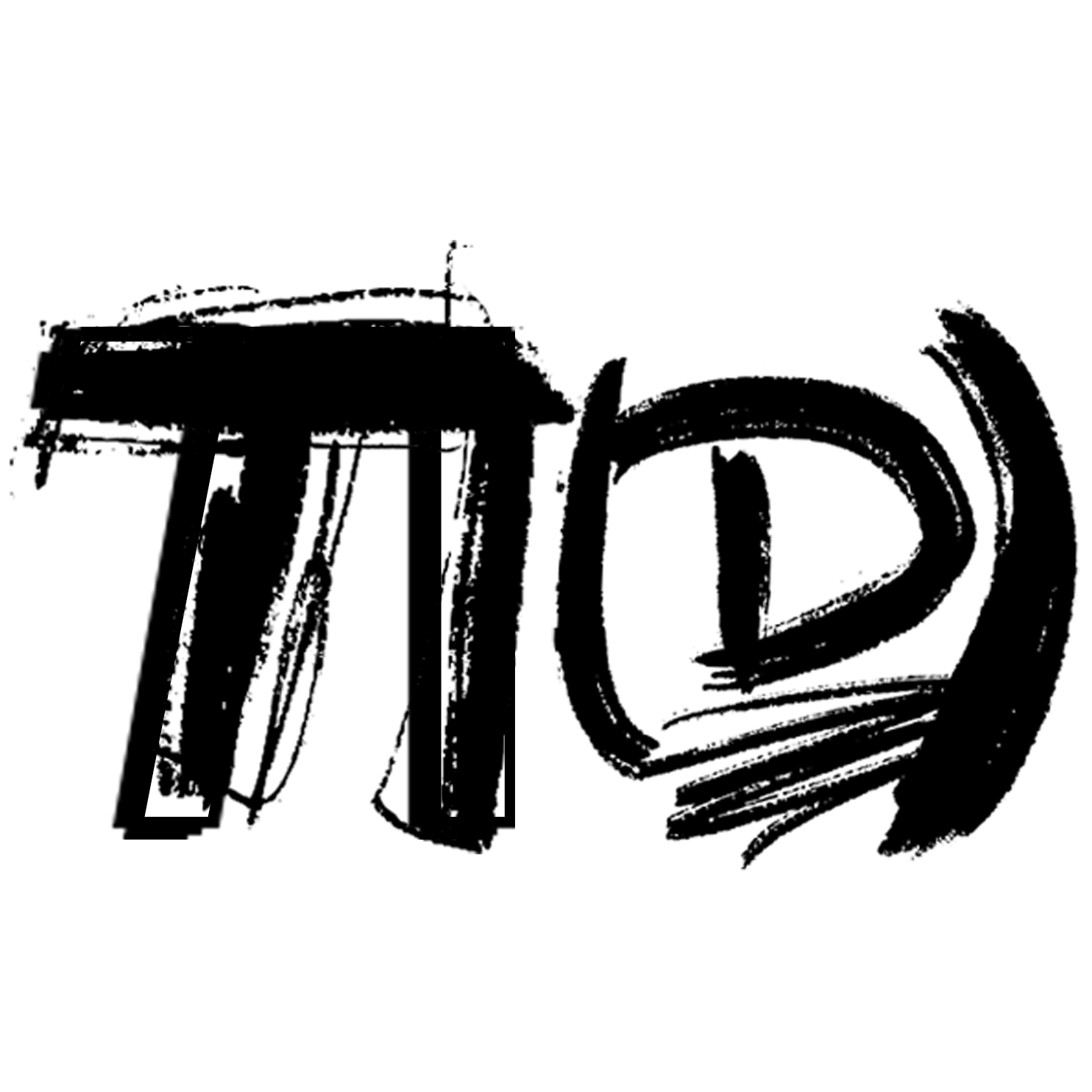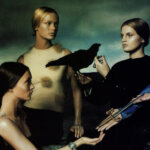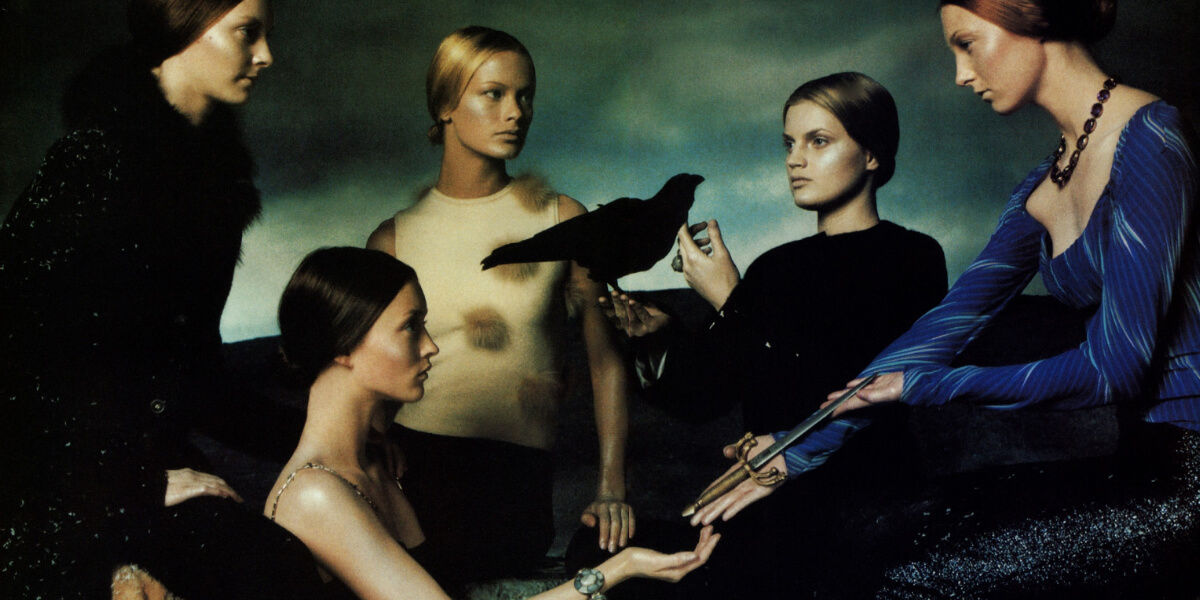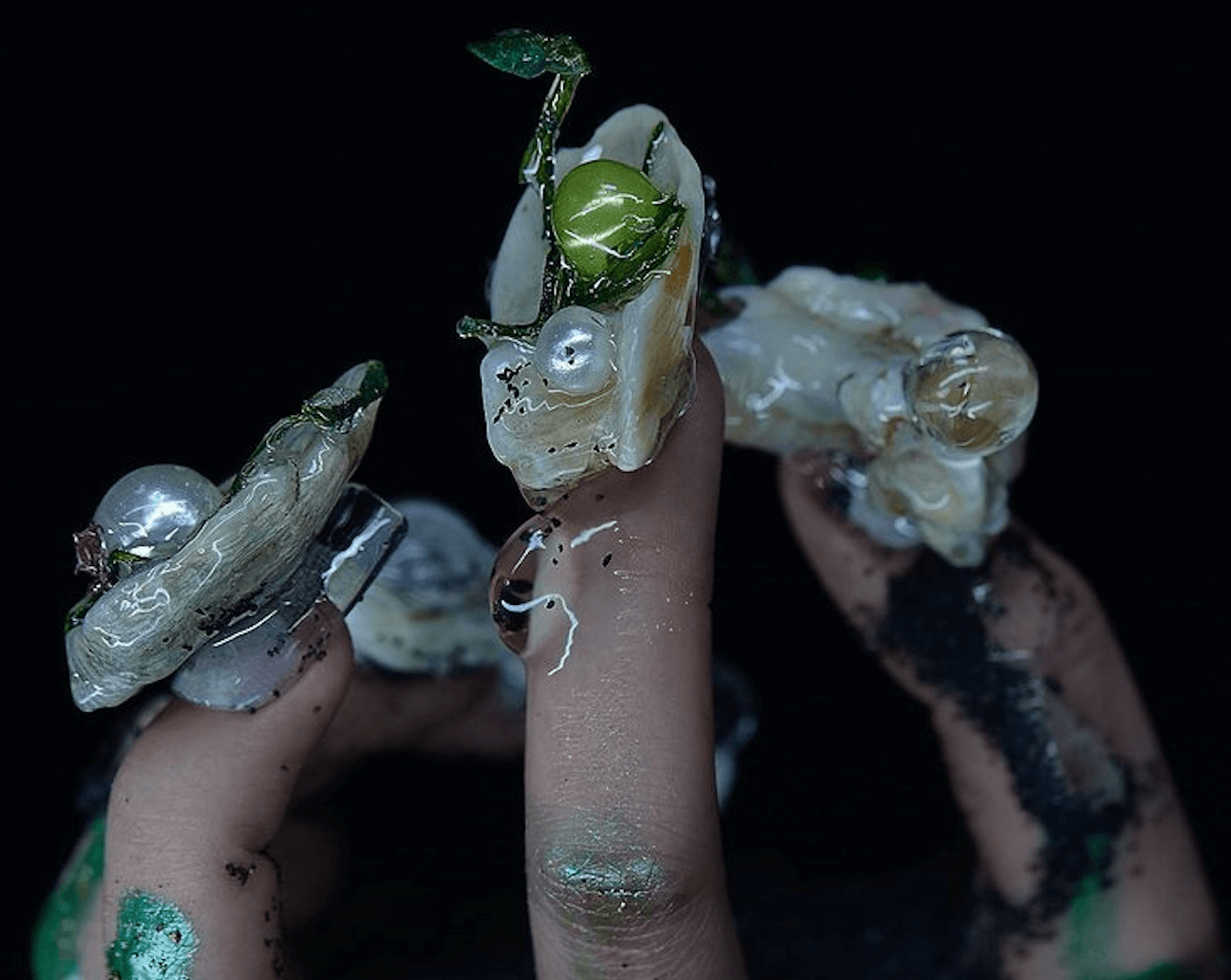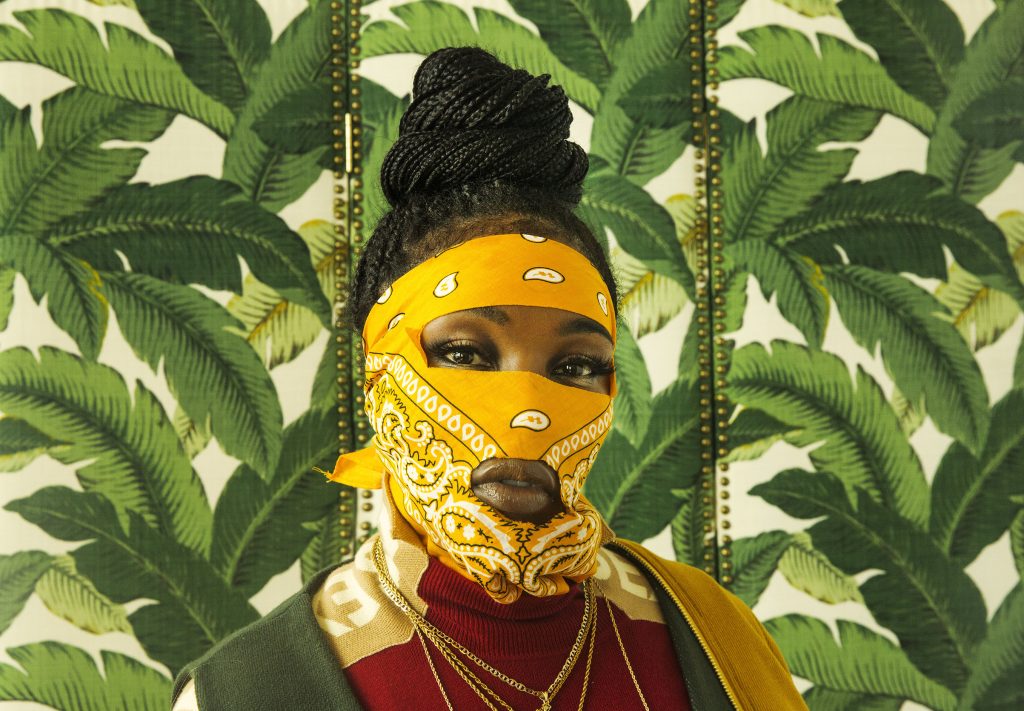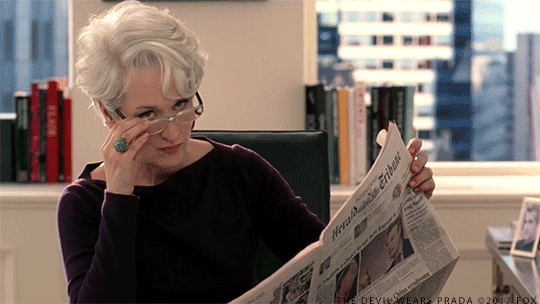Why do we dream of the Middle Ages?
The Middle Ages—or rather our collective perception of the era— have profoundly influenced contemporary arts. In the last 30 years, real, imagined, and reimagined elements of material culture, art, fashion, and politics from the European Middle Ages have made their way into the niche creativity and mass production of IPs.
Gen Z hasn’t been impervious from this fascination of the Middle Ages. Unsurprisingly, at the end of last year, the social media service Pinterest predicted “Castlecore” would be one of the biggest trends in 2025.
So much so that this imagined version of the Middle Ages has become a cultural touchstone. It blends fantastical escapism and comforting familiarity preserving its ability to function as a narrative tool. We look at the present moment indirectly through the mirror of an altered past; a combination that places a zeitgeist in the current era of rising inequality, political upheaval, climate anxiety, and digital overload.
The Middle Ages (from the Latin expression medium aevum, meaning “middle age”) is the name that has been given to the thousand-or-so years between the fall of the Western Roman Empire and the period when Europe began to catch up with other regions in terms of bureaucracy, technology, and trade. People in different times and regions had drastically different relationships with the environment, the rest of the world, and their own pasts.
The “Middle Ages” in Fiction – Borrowing from the Past to Explore Human Complexities
As works and concepts survive the passage of time, they are reworked into something both old and new. For example, medieval influences can be found throughout Shakespeare’s body of works. This influence has itself shaped our perception of the Middle Ages–or, as Professor Christina Wald wrote in her introduction to Medieval Shakespeare: “The plays shaped the understanding of the medieval not only for Shakespeare’s contemporaries, but also for audiences and readers in subsequent centuries”.
Shakespeare wasn’t the only author inspired by the Middle Ages. J.R.R. Tolkien, author of The Hobbit and The Lord of the Rings, a noted Philologist and Professor of Anglo-Saxon at Oxford University with a focus on medieval culture, stories, and myths. His deep interest in medieval myths and literature—especially the Old English epic Beowulf—greatly influenced his writing.
George R. R. Martin’s A Song of Ice and Fire (ASOAIF, 1996-), the book series that inspired the wildly popular show Game of Thrones, is also set in a quasi-medieval fantasy world, one more akin to historical fiction rather than high fantasy.
Authors’ fictional worlds and what compels them to write stories about the past is, for the most part, the same urge: to scrutinize idiosyncrasies of human nature, relationships, and the flaws of both the current society and political system through a different reality echoing ours. The reason behind the lasting popularity of the fictional Middle Ages isn’t solely its effective storytelling but also for its aesthetic appeal.
Anachronism, Romanticization, and Inspiration – The Fictional Medieval Aesthetic
In the 1840s, Britain went through a period called the “Hungry Forties”. At the time, the UK had become a world power on the backs of the countries it colonized and the British working class, while simultaneously struggling under severe economic depression.
Towards the end of this decade, a group of seven young artists formed the Pre-Raphaelite Brotherhood. They aimed to revolutionize the art world by looking back at late medieval art. Their choice was a timely one. During the Victorian Era, interest in the Middle Ages rose, and a fictitious, fantastical 19th-century reinterpretation of this period started forming in the collective mind. This phenomenon takes the name of “Medievalism.” This period laid the foundations for future aesthetic reinterpretations of the Middle Ages.
Medievalism in Pop Culture: more than nostalgia
The 20th century cemented familiarity with the Medievalist aesthetic and its place in pop culture. Illustrators like Mary Blair and Eyvind Earle merged pre-Renaissance motifs with modernist design in beloved Disney films. Sleeping Beauty (1959) is a standout example of this Midcentury Medieval revival.
This revival of Medievalist inspirations and cultural touchstones also impacted the music world, as shown by the works of folk and psychedelic artists such as Sunforest, Donovan, and The Incredible String Band.
Fashion, too, hasn’t been impervious to the aesthetic influence of Medievalism. The Versace FW 1998 campaign is filled with the pseudo-medieval accents—now deeply familiar thanks to previous waves of Medievalism.
In the 2020s, artists like pop sensation Chappell Roan and bardcore folk band Small Fools are using Medieval and Medievalist styles to merge historical motifs with modern themes. By doing so, they challenge expectations and tell contemporary stories through the lens of the past.
Why now? Reckoning with the Real Middle Ages
If we look closely, the continued fantastical re-elaborations of the Middle Ages reveal more about our present than the past. After all, we engage with history in a dynamic dialogue—even when filtered through fantasy.
In a time when the well-being of individuals and entire communities is threatened by rising militarization and extreme wealth inequality, the past offers an appealing escape. But beyond fiction, can we learn something from the real Middle Ages?
As Italian Medievalist and Philosopher Umberto Eco asked in his essay Ten Ways of Dreaming of the Middle Ages (Dieci modi di sognare il medioevo): “Dream of the Middle Ages, but always ask yourself which one—and why”.
The European Middle Ages contained various ideas, cultures, struggles, and triumphs. Understanding its plurality can enrich, rather than negate its charm. This era was rife with exploitation, abuse of power, and marginalization—but also with resistance, creativity, and community. Perhaps there is more to be inspired by in the Middle Ages than we might think.






